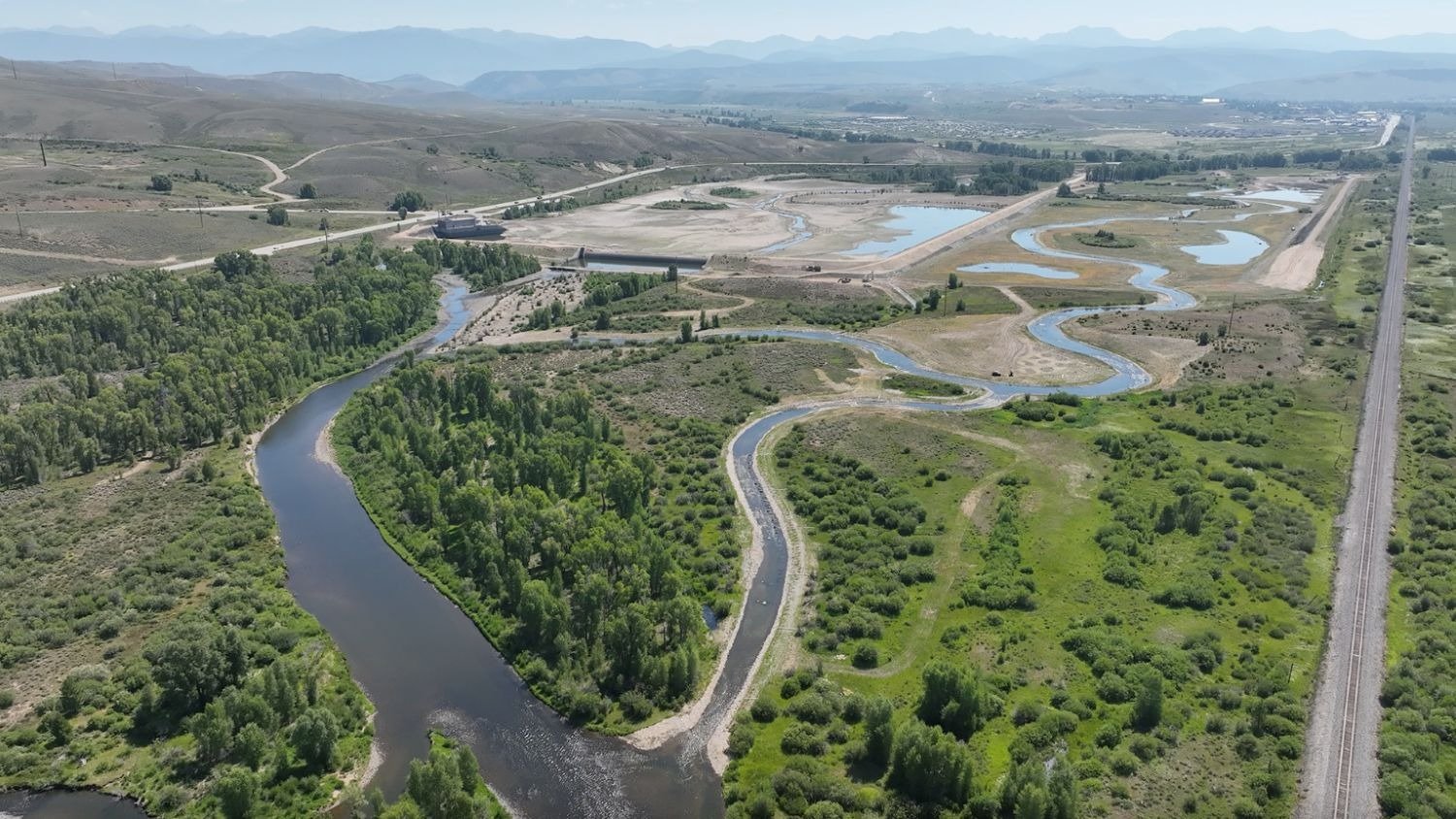Courtesy - Salt Lake Tribune
A new University of Utah study has pinpointed why the silk spun by caddis fly larvae remains sticky underwater, raising the possibility that one of nature's most remarkable adhesives could someday be replicated for surgical use. Western fly fishermen, who look for caddis fly hatches in their quest for hungry trout, call these round, silk-covered larvae "rock rollers."
The insects begin life in streams, using larval silk to build protective cocoons, and U. bioengineer Russell Stewart is exploring potential applications of this material and other natural adhesives in medical contexts.
"I picture it as sort of a wet Band-Aid, maybe used internally in surgery, like using a piece of tape to close an incision as opposed to sutures," said Stewart, an associate professor of bioengineering, in a news statement. "Gluing things together underwater is not easy. Have you ever tried to put a Band-Aid on in the shower? This insect has been doing this for 150 million to 200 million years."
Stewart's study, funded by the National Science Foundation, will be published this week in Biomacromolecules , a journal of the American Chemical Society.
"The caddis flies' successful penetration into diverse aquatic habitats is largely due to the inventive use by their larva of underwater silk to build elaborate structures for protection and food gathering," the study reports.
Stewart and his co-author, Ching Shuen Wang, began their study in trout streams, examining Brachycentrus echo , one of thousands of caddis fly species, which belong to an order related to butterflies and moths.
"There's just a fascinating diversity of these insects. Their adhesive is able to bond to a wide range of surfaces underwater: soft and hard, organic and inorganic," Stewart said. "If we could copy this adhesive, it would be useful on a wide range of tissue types."
The team gathered larvae from the Provo River and kept them alive in lab aquariums lined with glass beads instead of sand. The researchers harvested silk fibers from these beads for chemical analysis. They discovered the silk was made of large proteins known as fibroin with a heavy loads of phosphates, which are used in dentures and water-soluble latex paints to promote adhesion.
bmaffly@sltrib.com







